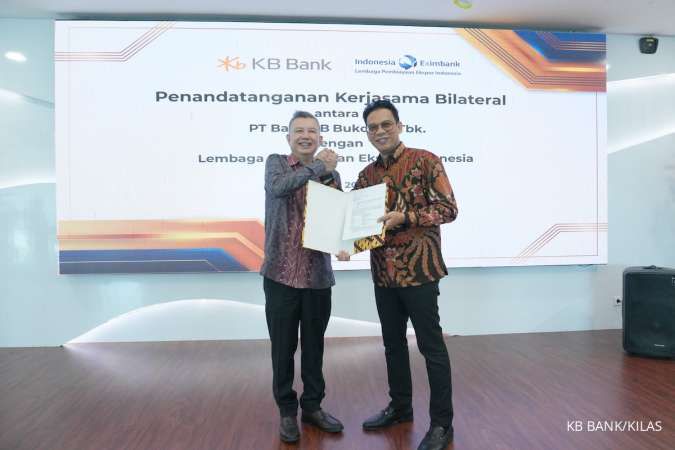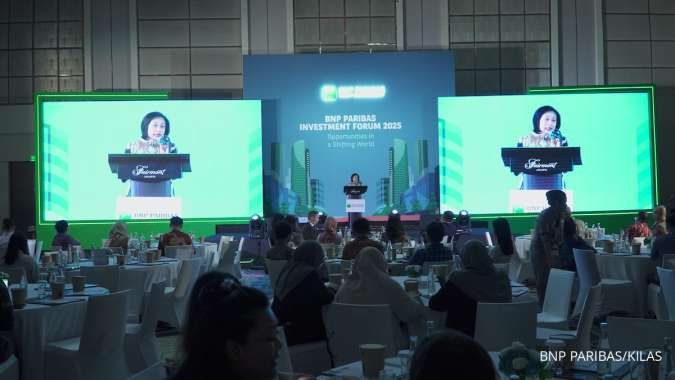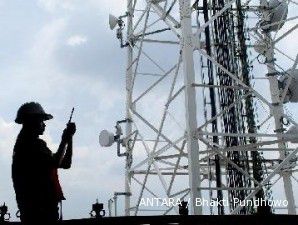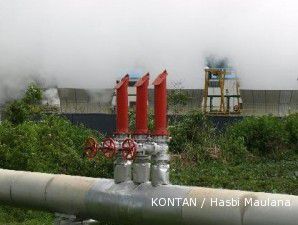BALI. The future source of electricity in this country lies in space, millions of kilometers away, and not below ground where coal and oil are treasured, says Energy and Mineral Resources Minister Jero Wacik.Speaking during the opening of the country’s largest capacity solar power plant in Karangasem, Bali, last week, he said solar power plants were the perfect tool to expand electricity outreach in an archipelago located on the equator, like Indonesia.The newly operated electricity solar power plant in Karangasem has a 1 megawatt (MW) capacity and has cost approximately Rp 26 billion (US$2.7 million) to build. The 1.2 hectare electricity complex includes a unit of an on-grid main electricity plant of 1 MW capacity, as well as six units of off-grid plants each with a 15 kilowatt capacity.“This power plant might only have 1 megawatt capacity, but this is just the beginning. We will build solar power plants with bigger capacities — there will be power plants with capacities of 5, 10 or even 50 megawatts next year, or afterward,” he said in a ceremony attended by top officials at the ministry, as well as local leaders from Bali.The government plans to earmark Rp 400 billion this year to build solar power plants with various capacities in more than 100 areas throughout the archipelago, according to the minister.Jero argued that there was a need for Indonesia to reduce its dependency on coal-powered electricity plants, and instead prioritize the development of power plants that used non-conventional sources of energy.The minister pointed out the price of electricity generated from solar power plants was only $0.2 per kilowatt hour (kwh), cheaper than the $0.4 per kwh in coal-fired power plants that used subsidized fuel in their operations. “Oil is now already expensive — for too long, we have been pampered by oil,” he said.The Indonesian government has found it difficult to widen electricity outreach in the country, especially in areas outside of the infrastructure-ready Java. Only 64.5 percent of Indonesia’s total population of 230 million have access to electricity, according to data from the World Bank. At the moment, the country still heavily depends on coal-fired power plants, considered as the enemy of environmental groups mainly due to generated pollution, as the plants use both coal and oil in their operations. There are 17 coal-fired plants with almost 3,000 MW of power still under construction. Ten of them, mainly in Kalimantan and the eastern part of the country, should be completed this year, adding 1700 MW of supplies.The figure was relatively insignificant compared to the 48 MW solar power plants that the ministry started building in 177 locations throughout Indonesia last year. Nevertheless, Rida Mulyana, the ministry’s director general for renewable energy, said that solar power plants, though their capacities were limited, should be seen as an alternative for expanding electricity outreach in remote, mountainous areas given that coal-fired power plants were difficult to build.Solar power plants are especially useful in tourist areas where electricity is required without generating excessive pollution or harming the surrounding environment, say observers.The government, for example, already built solar power plants in six tourist areas in 2011: Bunaken in North Sulawesi, Wakatobi and Tomiya in Southeast Sulawesi, Banda in Maluku, Raja Ampat in Papua, and Derawan in East Kalimantan. Satria Sambijantoro / The Jakarta Post
RI turns to the sun to widen electricity outreach
BALI. The future source of electricity in this country lies in space, millions of kilometers away, and not below ground where coal and oil are treasured, says Energy and Mineral Resources Minister Jero Wacik.Speaking during the opening of the country’s largest capacity solar power plant in Karangasem, Bali, last week, he said solar power plants were the perfect tool to expand electricity outreach in an archipelago located on the equator, like Indonesia.The newly operated electricity solar power plant in Karangasem has a 1 megawatt (MW) capacity and has cost approximately Rp 26 billion (US$2.7 million) to build. The 1.2 hectare electricity complex includes a unit of an on-grid main electricity plant of 1 MW capacity, as well as six units of off-grid plants each with a 15 kilowatt capacity.“This power plant might only have 1 megawatt capacity, but this is just the beginning. We will build solar power plants with bigger capacities — there will be power plants with capacities of 5, 10 or even 50 megawatts next year, or afterward,” he said in a ceremony attended by top officials at the ministry, as well as local leaders from Bali.The government plans to earmark Rp 400 billion this year to build solar power plants with various capacities in more than 100 areas throughout the archipelago, according to the minister.Jero argued that there was a need for Indonesia to reduce its dependency on coal-powered electricity plants, and instead prioritize the development of power plants that used non-conventional sources of energy.The minister pointed out the price of electricity generated from solar power plants was only $0.2 per kilowatt hour (kwh), cheaper than the $0.4 per kwh in coal-fired power plants that used subsidized fuel in their operations. “Oil is now already expensive — for too long, we have been pampered by oil,” he said.The Indonesian government has found it difficult to widen electricity outreach in the country, especially in areas outside of the infrastructure-ready Java. Only 64.5 percent of Indonesia’s total population of 230 million have access to electricity, according to data from the World Bank. At the moment, the country still heavily depends on coal-fired power plants, considered as the enemy of environmental groups mainly due to generated pollution, as the plants use both coal and oil in their operations. There are 17 coal-fired plants with almost 3,000 MW of power still under construction. Ten of them, mainly in Kalimantan and the eastern part of the country, should be completed this year, adding 1700 MW of supplies.The figure was relatively insignificant compared to the 48 MW solar power plants that the ministry started building in 177 locations throughout Indonesia last year. Nevertheless, Rida Mulyana, the ministry’s director general for renewable energy, said that solar power plants, though their capacities were limited, should be seen as an alternative for expanding electricity outreach in remote, mountainous areas given that coal-fired power plants were difficult to build.Solar power plants are especially useful in tourist areas where electricity is required without generating excessive pollution or harming the surrounding environment, say observers.The government, for example, already built solar power plants in six tourist areas in 2011: Bunaken in North Sulawesi, Wakatobi and Tomiya in Southeast Sulawesi, Banda in Maluku, Raja Ampat in Papua, and Derawan in East Kalimantan. Satria Sambijantoro / The Jakarta Post





